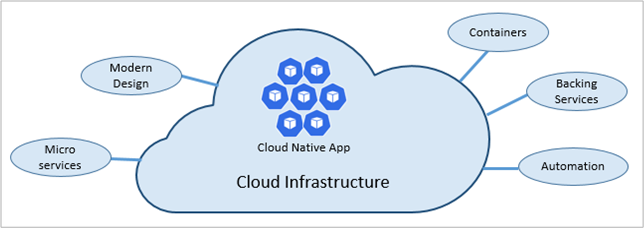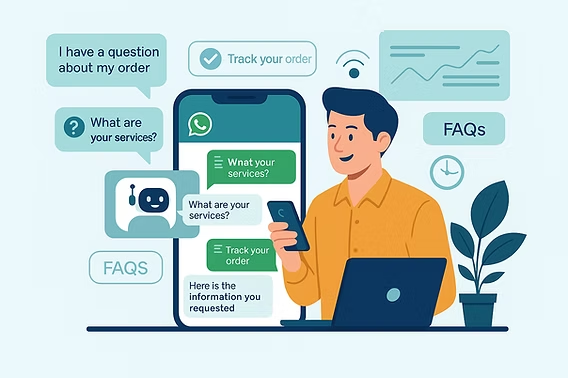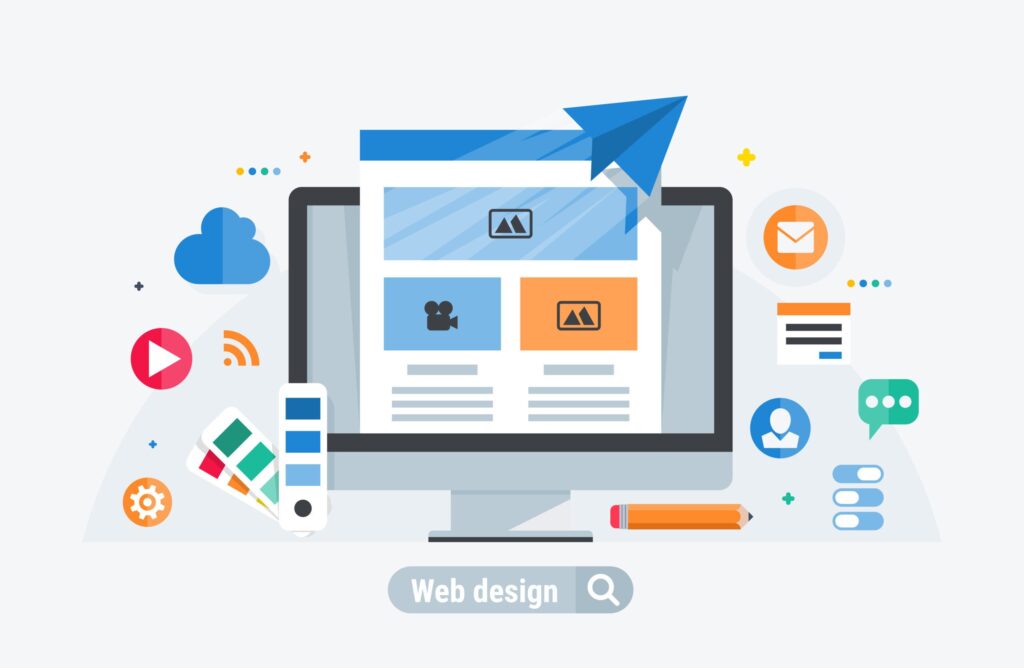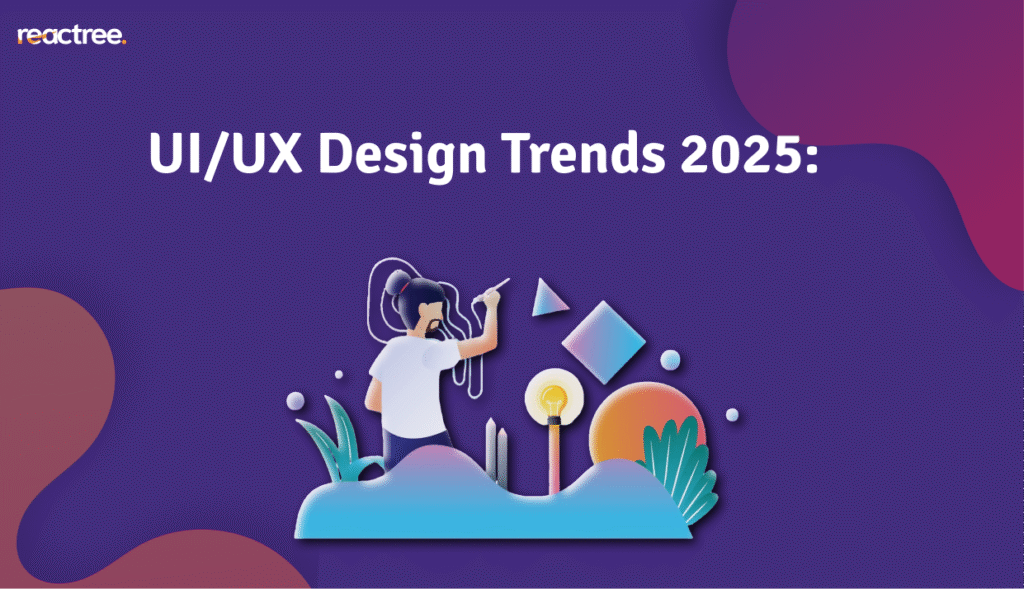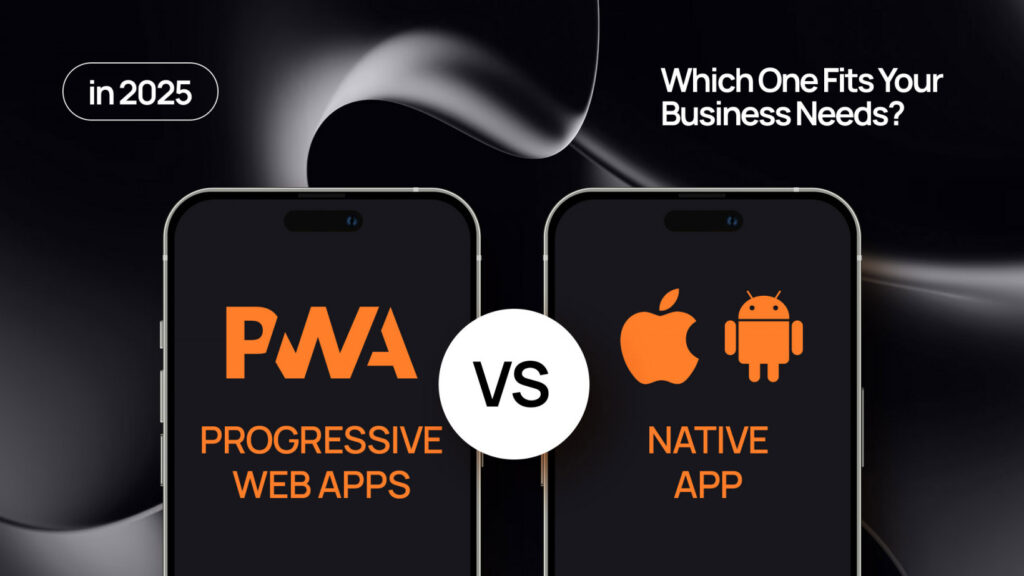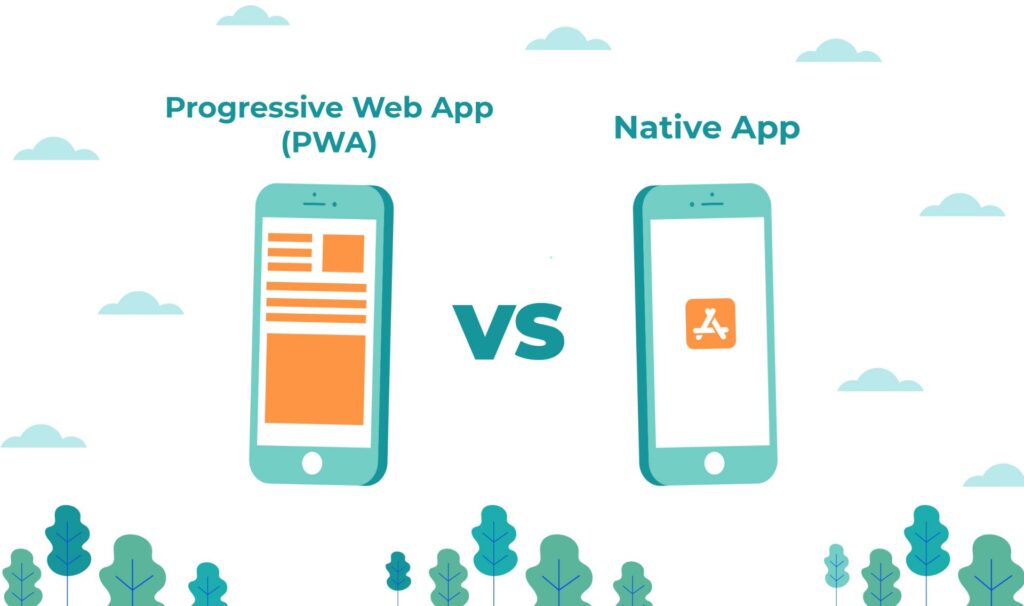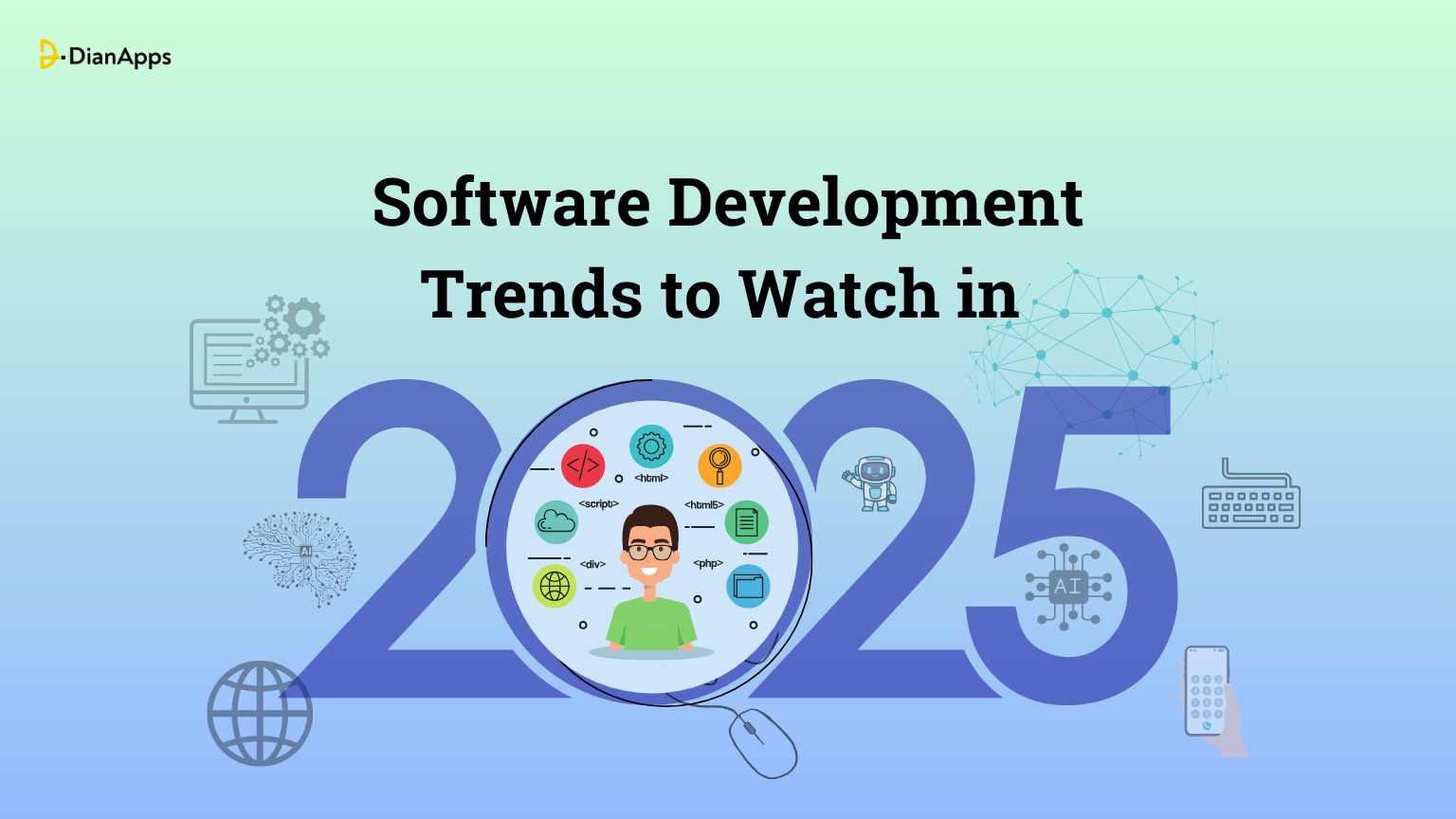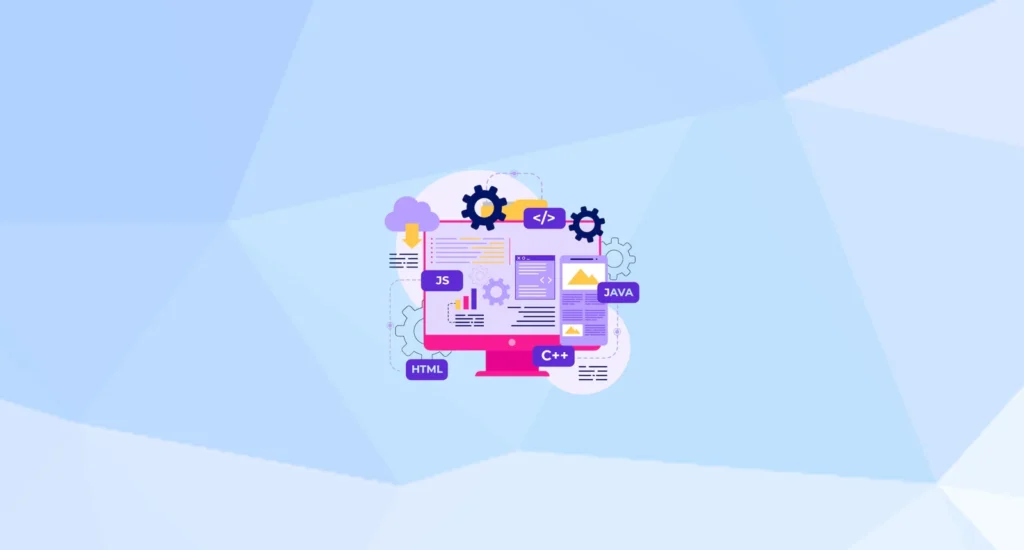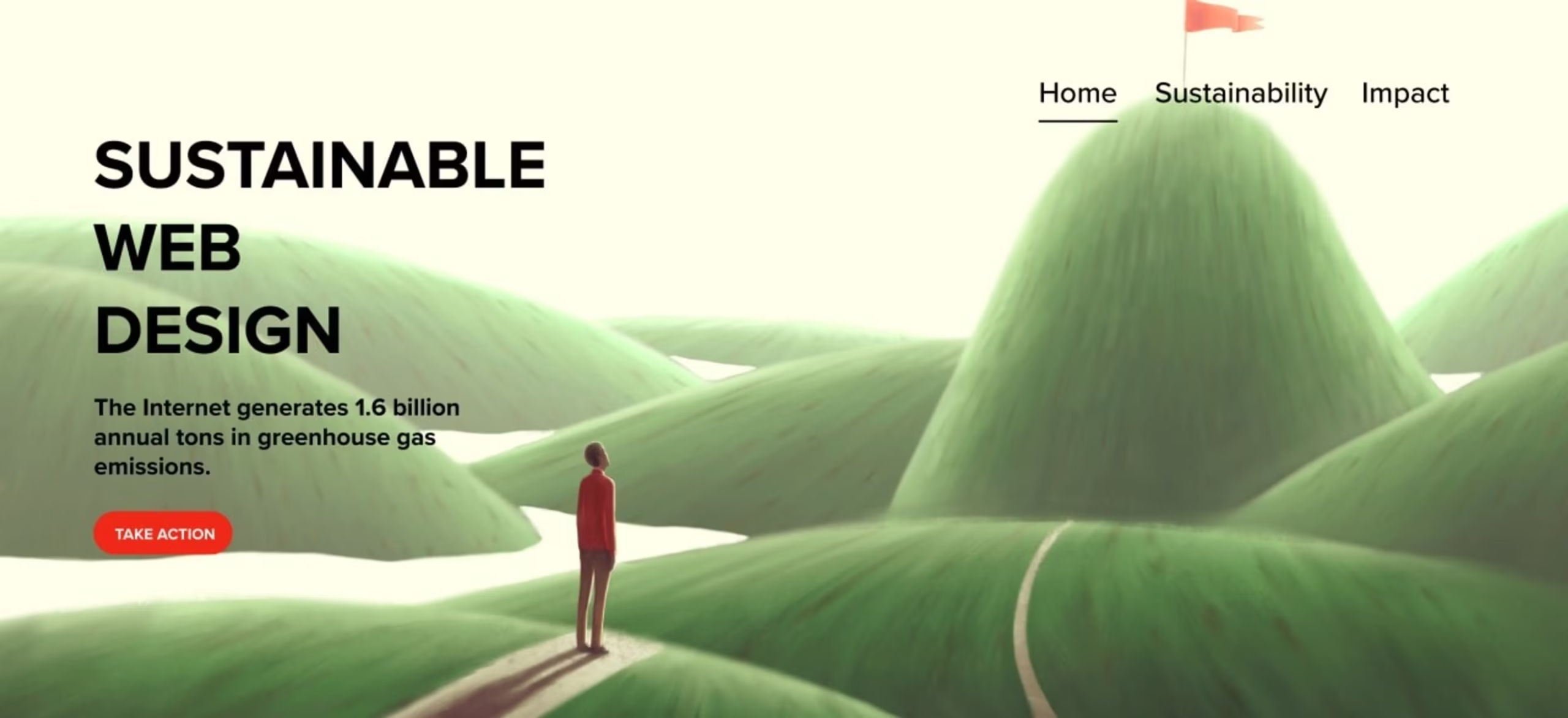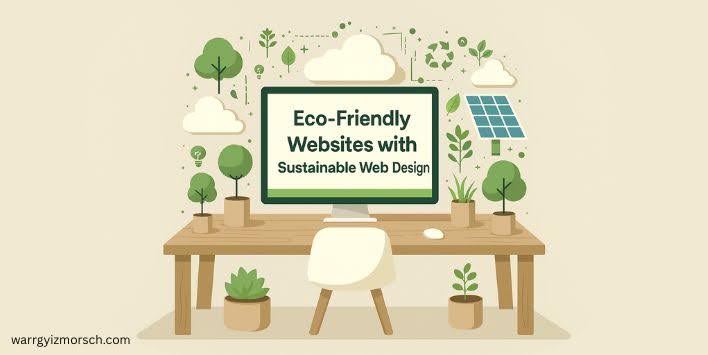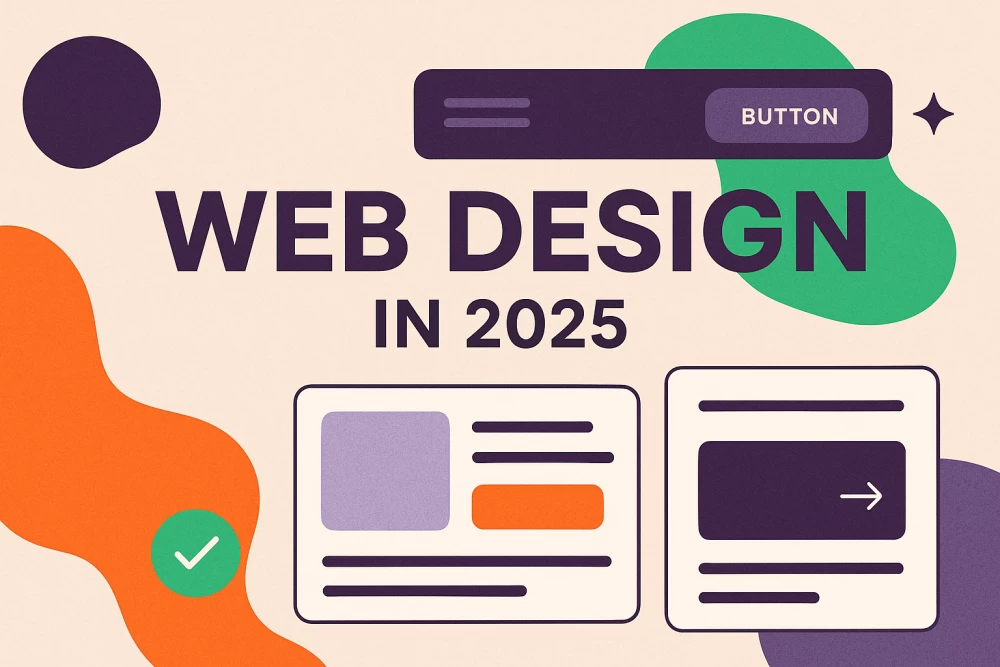From Code to Cloud: Migrating Legacy Systems to Cloud-Native Architecture
In 2025, the shift from outdated, on-premise systems to scalable, flexible cloud-native solutions is not just a trend—it’s a necessity. As technology evolves, businesses relying on legacy infrastructure face challenges like high maintenance costs, limited scalability, and reduced agility. That’s why migrating legacy systems to cloud-native architecture has become a strategic priority for organizations looking to stay competitive, innovate faster, and improve operational efficiency.
This guide explores what cloud-native architecture is, why legacy systems are holding businesses back, and how to approach a successful migration in 2025.
What Is Cloud-Native Architecture?
Cloud-native architecture is a modern approach to building and running applications that fully leverage the advantages of the cloud. It involves:
- Microservices-based development
- Containerization (e.g., Docker, Kubernetes)
- Dynamic orchestration
- Automated scaling and deployment
- Continuous integration and delivery (CI/CD)
Unlike traditional monolithic systems, cloud-native applications are designed for flexibility, resilience, and performance in cloud environments—whether public, private, or hybrid.
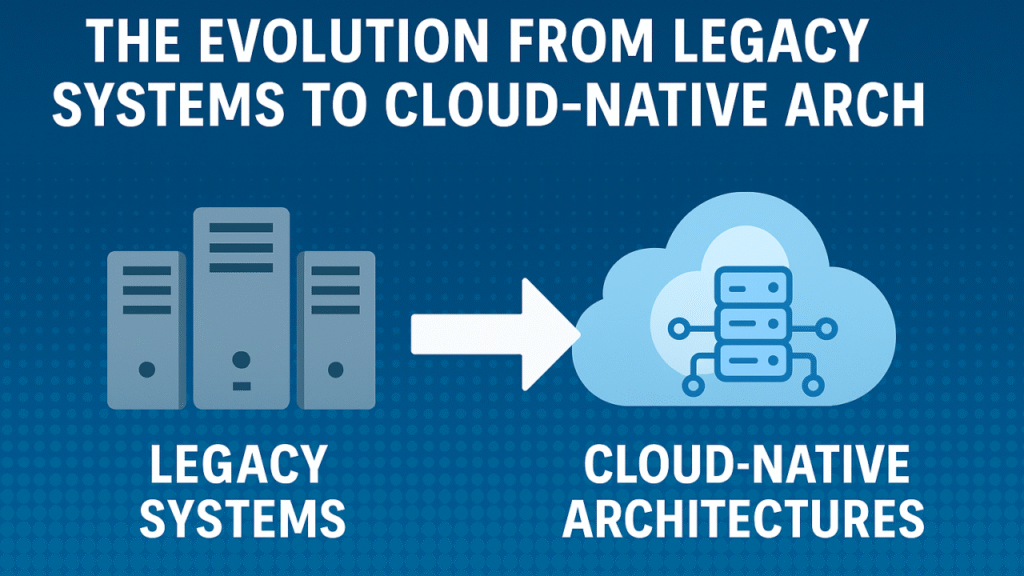
Why Legacy Systems Are a Problem in 2025
Legacy systems—built decades ago—are often:
- Difficult to scale and modify
- Costly to maintain
- Incompatible with modern APIs and tools
- Security risks due to outdated protocols
- Barriers to innovation and agility
For SMEs and enterprises alike, sticking with legacy software in 2025 means falling behind competitors who are leveraging cloud-native technology for automation, AI integration, and faster deployment.
Benefits of Migrating Legacy Systems to Cloud-Native Architecture
1. Improved Scalability
Cloud-native systems scale automatically based on demand. This means better performance during traffic spikes and cost savings during slow periods.
2. Faster Deployment Cycles
With DevOps and CI/CD pipelines, updates and features can be rolled out in hours or days—instead of weeks or months.
3. Lower Operational Costs
Cloud-native applications reduce the need for physical infrastructure and dedicated IT staff, while also improving resource efficiency through pay-as-you-go models.
4. Enhanced Security and Compliance
Cloud providers offer built-in security features, data encryption, identity access management (IAM), and compliance with standards like GDPR, HIPAA, and ISO 27001.
5. Greater Innovation and Agility
Modern cloud platforms support rapid prototyping, integration with AI/ML, and third-party services—allowing businesses to innovate faster.
Key Challenges of Migrating Legacy Systems in 2025
Despite its benefits, migration comes with challenges:
- Complex system dependencies
- Downtime risks
- Data migration accuracy
- Staff skill gaps
- Initial migration cost
That’s why a well-planned strategy is critical.
Phases of a Successful Legacy-to-Cloud Migration
1. Assessment and Planning
- Evaluate existing infrastructure
- Identify business goals and application dependencies
- Choose the right cloud strategy: rehosting, replatforming, or refactoring
2. Choosing the Right Cloud Model
- Public Cloud (e.g., AWS, Azure, Google Cloud) – cost-effective and scalable
- Private Cloud – for businesses with strict data control needs
- Hybrid Cloud – combines the best of both worlds
3. Re-Architecting or Refactoring
This involves breaking down monolithic applications into microservices, containerizing them, and ensuring compatibility with modern APIs and cloud tools.
4. Data Migration and Testing
Securely migrate data while maintaining integrity. Use testing environments to identify and fix issues before going live.
5. Deployment and Monitoring
Once deployed, monitor performance using cloud-native tools (like AWS CloudWatch or Azure Monitor), and set up alerts for anomalies or downtimes.
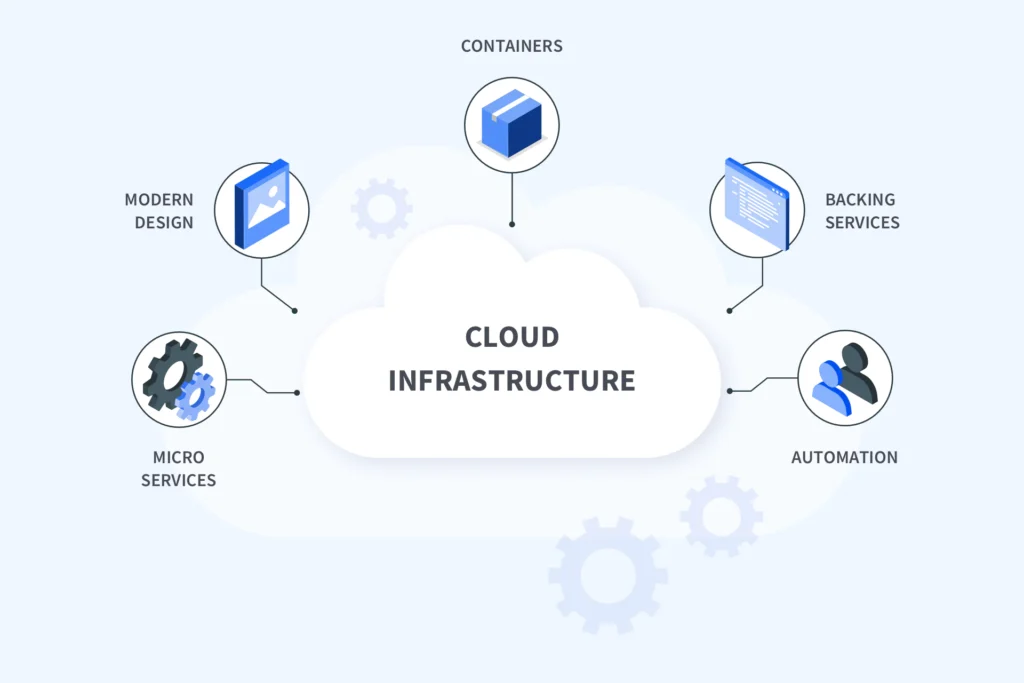
Popular Tools & Technologies in 2025
- Kubernetes – for container orchestration
- Docker – for containerization
- Terraform – infrastructure as code (IaC)
- AWS Lambda / Azure Functions – for serverless applications
- CI/CD pipelines – GitHub Actions, Jenkins, GitLab CI
- API gateways – for managing microservices communication
Industries Leading the Shift to Cloud-Native
- Finance – for real-time transactions and data security
- Healthcare – for scalable, secure patient data systems
- Retail – for personalized, data-driven customer experiences
- Logistics – for dynamic tracking and automated workflows
- EdTech – for scalable learning platforms and integrations
Real-World Example: SME Cloud Migration in Action
An SME operating a legacy inventory system transitioned to a cloud-native solution using microservices. By migrating to AWS and refactoring its backend, it achieved:
- 40% faster page loads
- 60% reduction in server costs
- Zero downtime during sales peaks
- Easier integration with e-commerce platforms and CRMs
This transformation enabled faster decision-making, better customer experience, and long-term savings.
Best Practices for Migrating Legacy Systems in 2025
- Set clear goals aligned with business needs.
- Start small with low-risk systems before full migration.
- Train your team or hire a cloud migration partner.
- Leverage automation for testing, deployment, and monitoring.
- Maintain compliance and data governance throughout the process.
- Ensure rollback plans are in place in case of failure.
Conclusion
Migrating legacy systems to cloud-native architecture is no longer a luxury—it’s a necessity in 2025. Businesses that make the shift gain competitive advantages in performance, scalability, cost-efficiency, and innovation. While the migration process requires careful planning, the long-term payoff is substantial.
If your organization still relies on legacy systems, now is the time to modernize and future-proof your infrastructure.



